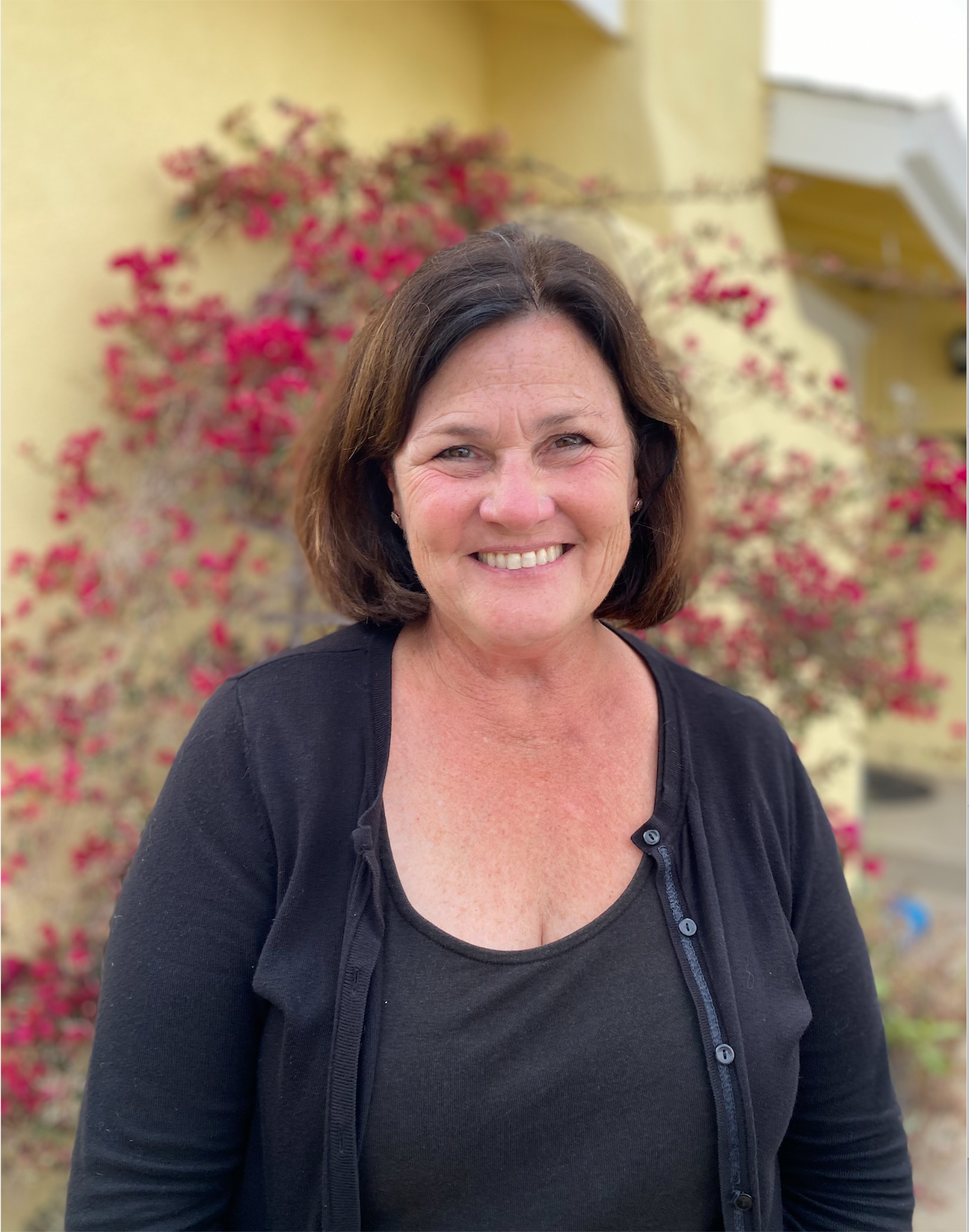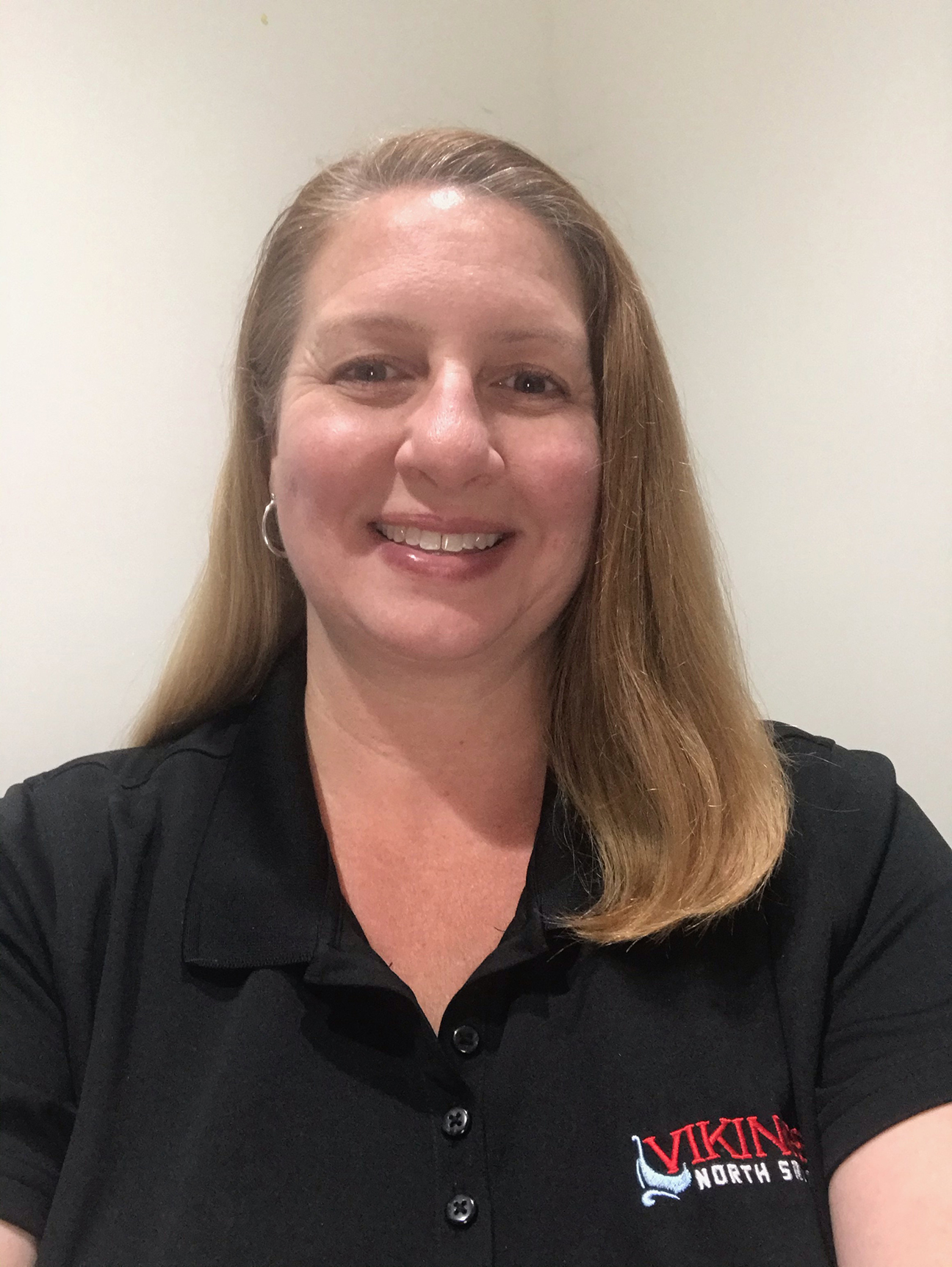Sarah Smith, teaching from home | Provided photo
| YOUTH BEAT
By Sophia Espinosa
When California issued its temporary stay-at-home order in March 2020, no one expected those two weeks would turn into a year and a half. At the Salinas Union High School District, March 13 was the last day students and staff were on campus, and teachers had to learn how to work virtually for the rest of the school year.
More important, teachers had to learn how to stay connected with their students. They said it wasn’t easy.
Many teachers spent hours outside of work time prepping lessons and trying their best to connect with students. As the months passed, remote learning became more familiar and routine. Wi-Fi availability and trying to keep students’ attention — some of them were caring for younger siblings while stuck at home — were among the most common challenges teachers faced.
Teachers also had to deal with the frustrations of parents who expected a seamless transition from classrooms to class-Zooms. As the end of the school year approached, Monterey County moved into less restrictive COVID-19 safety protocols. Parents and students wanted to return to school fully and were unhappy with the district’s reopening plan. At least one parent called teachers lazy and incompetent.
Enlarge

“People tend to generalize and those that are putting in the work know that they are doing their best,” said Laurel Gast, who has been teaching for 31 years and is the first Associated Student Body director at Rancho San Juan High School in Salinas. “But it doesn’t feel good when people generalize.”
As a teacher, Gast said she feels like a mother and a counselor, so she worried about her students because the technology limited her ability to check in on them. Only a few students would unmute during class, so she couldn’t tell what all the others were doing. She added that because she is not tech-savvy she struggled with remote technology in the early days of the pandemic.
 Marilyn Vierra, an English Learner Development teacher at Rancho San Juan, agreed that building connections with students was a big challenge. Vierra has been with the school district for 25 years and said she loves her job, especially when students finally understand the concepts she is teaching. “It is so rewarding to watch their faces when they have their light-bulb moments,” she said.
Marilyn Vierra, an English Learner Development teacher at Rancho San Juan, agreed that building connections with students was a big challenge. Vierra has been with the school district for 25 years and said she loves her job, especially when students finally understand the concepts she is teaching. “It is so rewarding to watch their faces when they have their light-bulb moments,” she said.
Vierra said she spent about four hours daily outside of normal work hours prepping for online instruction. She said it is important for her students to trust her and feel comfortable. Aware of the criticism from parents, she said she believes they would have a different perspective if they knew how hard teachers tried to make distance learning work.
Enlarge

Julie Cruz said she also struggled with remote teaching, especially staying connected with students. Cruz has been with the district for 21 years and has taught at North Salinas High School for 19 years. She said she has always had a passion for school, and teaching allows her to keep gaining knowledge and see others’ viewpoints.
Cruz said she believes students often need someone to talk to who they know will be “on their side.” But it was more difficult to make those connections during distance learning. She said she uses a lot of visual cues in her lessons, but many students shut off their video during class.
As life starts to find a new normal, Cruz said she hopes students, teachers, and administrators will heed the lessons learned during the pandemic. “I really hope this pandemic opens our eyes to how we rely on each other—every job—for us to be at our best,” she said.
Sarah Smith, a ninth-grade English teacher at Alisal High in Salinas, said she found her students distracted by other electronic devices while she was trying to teach. When she returned to the classroom setting, she found that a majority of the students were still reliant on their cellphones, even when given the chance to converse face-to-face with their peers.
Smith has taught for 20 years, and she said she “adores every moment” in her profession. She also said she was aware of parents’ criticisms of education’s reaction to the pandemic, but said “there seem to be other frustrations behind those parents.”
Have something to say about this story? Send us a letter.